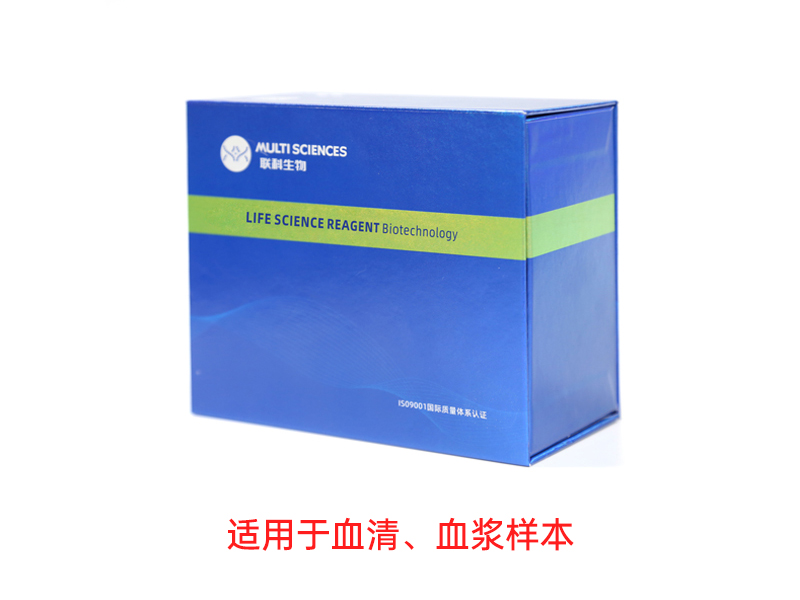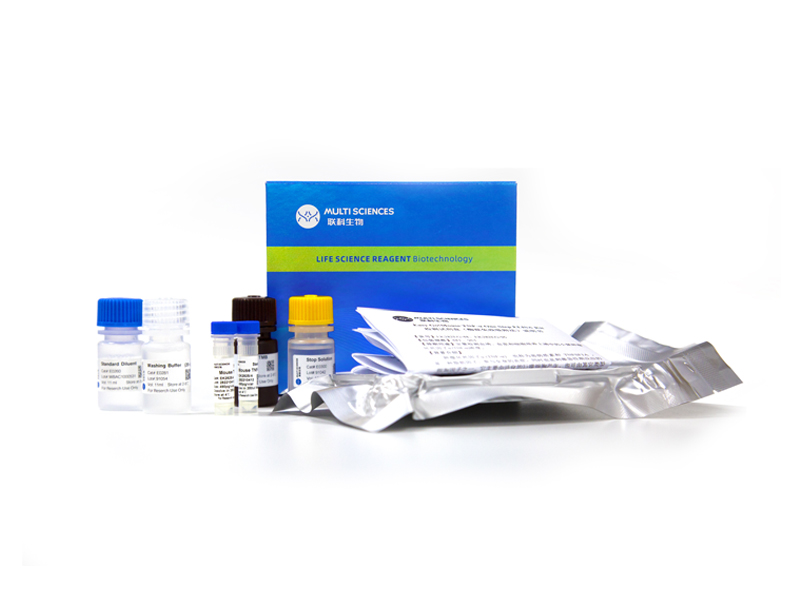Accumulation studies confirmed that oxidative stress caused by ischemia after myocardial infarction (MI) is an important cause of ventricular remodeling. Exosome secretion through hypoxic pretreatment adipose-derived mesenchymal stem cells (ADSCs) ameliorates myocardial damaging post-MI. However, if ADSCs exosome can improve the microenvironment and ameliorate cardiac damage post-MI still unknown. Next-generation sequencing (NGS) was used to study abnormally expressed circRNAs in hypoxic pretreatment ADSC exosomes (HExos) and untreated ADSC exosomes (Exos). Bioinformatics and luciferase reporting were used to elucidate interaction correlation related to circRNA, mRNA, and miRNA. HL-1 cells were used to analyze the reactive oxygen species (ROS) and apoptosis under hypoxic conditions using immunofluorescence and flow cytometry. An MI mouse model was constructed and the therapeutic effect of Exos was determined using immunohistochemistry, immunofluorescence, and ELISA. The results showed that HExos had a more pronounced treatment effect than ADSC Exos on cardiac damage amelioration after MI. NGS showed that circ-Stt3b plays a role in HExo-mediated cardiac damage repair after MI. Overexpression of circ-Stt3b decreased apoptosis, ROS level, and inflammatory factor expression in HL-1 cells under hypoxic conditions. Bioinformatics and luciferase reporting data validated miR-15a-5p and GPX4 as downstream circ-Stt3b targets. GPX4 downregulation or miR-15a-5p overexpression reversed protective effect regarding circ-Stt3b upon HL-1 cells after exposure to a hypoxic microenvironment. Overexpression of circ-Stt3b increased the treatment effect of ASDSC Exos on cardiac damage amelioration after MI. Taken together, the study results demonstrated that Exos from hypoxic pretreatment ADSCs ameliorate cardiac damage post-MI through circ-Stt3b/miR-15a-5p/GPX4 signaling activation and decreased ferroptosis.
文章引用产品列表
-
- EK201BEGA 35 Citations
- 一步法ELISA试剂盒
EasyGo!™ Mouse IL-1β One-Step ELISA Kit 检测试剂盒(酶联免疫吸附法)
- ¥2,190.00 – ¥3,650.00
-
- EK206EGA 56 Citations
- 一步法ELISA试剂盒
EasyGo!™ Mouse IL-6 One-Step ELISA Kit 检测试剂盒(酶联免疫吸附法)
- ¥2,190.00 – ¥3,650.00
-
- EK282 1454 Citations
- FEATURED ELISA KIT, ELISA试剂盒
Mouse TNF-a ELISA Kit检测试剂盒(酶联免疫吸附法)
- ¥1,600.00 – ¥10,800.00
-
- EK282HS 1241 Citations
- 高敏试剂盒
Mouse TNF-α High Sensitivity ELISA Kit检测试剂盒(酶联免疫吸附法)
- ¥2,000.00 – ¥3,400.00
-
- EK206 1296 Citations
- ELISA试剂盒
Mouse IL-6 ELISA Kit检测试剂盒(酶联免疫吸附法)
- ¥1,600.00 – ¥10,800.00
-
- EK206HS 1080 Citations
- 高敏试剂盒
Mouse IL-6 High Sensitivity ELISA Kit检测试剂盒(酶联免疫吸附法)
- ¥2,000.00 – ¥3,400.00
-
- EK201BHS 786 Citations
- 高敏试剂盒
Mouse IL-1β High Sensitivity ELISA Kit检测试剂盒(酶联免疫吸附法)
- ¥2,000.00 – ¥3,400.00
-
- EK201B 939 Citations
- ELISA试剂盒
Mouse IL-1β ELISA Kit 检测试剂盒(酶联免疫吸附法)
- ¥1,600.00 – ¥10,800.00





